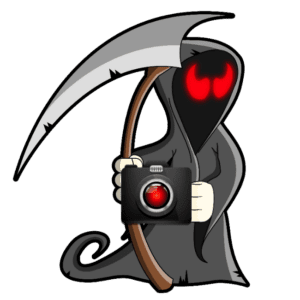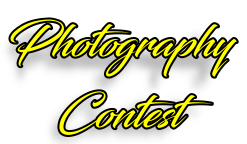How to Photograph Lake Minnewanka
Canadian Rockies mountain system comprises the southeastern part of this system, laying between the Interior Plains of Alberta and Northeastern British Columbia on the east to the Rocky Mountain Trench of BC on the west. The southern end borders Idaho and Montana of the USA. In geographic terms, the boundary is at the Canada/US border, but in geological terms, it might be considered to be at Marias Pass in northern Montana. The northern end is at the Liard River in northern British Columbia.
The Canadian Rockies have numerous high peaks and ranges, such as Mount Robson (Sometimes called Mount Bella) (3,954 m (12,972 ft)) and Mount Columbia (3,747 m (12,293 ft)). The Canadian Rockies are composed of shale and limestone. Much of the range is protected by national and provincial parks, several of which collectively comprise a World Heritage Site.
Lake Minnewanka, home to many bighorn sheep, is a glacial lake located in the eastern area of Banff National Park in Canada, about five kilometers (3.1 miles) northeast of the Banff townsite. The lake is 28 km (17 mi) long and 142 m (466 ft) deep, making it the longest lake in the mountain parks of the Canadian Rockies (the result of a power dam at the west end).[1]
The lake is fed by the Cascade River, flowing east of Cascade Mountain, and runs south through Stewart Canyon as it empties into the western end of the lake. Numerous streams were flowing down from Mount Inglismaldie, Mount Girouard, and Mount Peechee on the south side of the lake also feed the lake.
Aboriginal people long inhabited areas around Lake Minnewanka, as early as 10,000 years ago, according to stone tools and a Clovis point spearhead discovered by archaeologists. The area is rich in animal life (e.g., elk, mule deer, mountain sheep, bears), and the easy availability of rock in the mountainous terrain was crucial for fashioning weapons for hunting.
The western end of the lake can be reached by following Lake Minnewanka road from the Trans-Canada Highway. Boat tours are available near the parking lot. A hiking and mountain biking trail runs along the northern shore of the lake, passing Stewart Canyon and six backcountry campsites. Mount Aylmer, which at 3,162 m (10,374 ft) is the highest mountain in this area of the park, is located a few kilometers north of the lake.


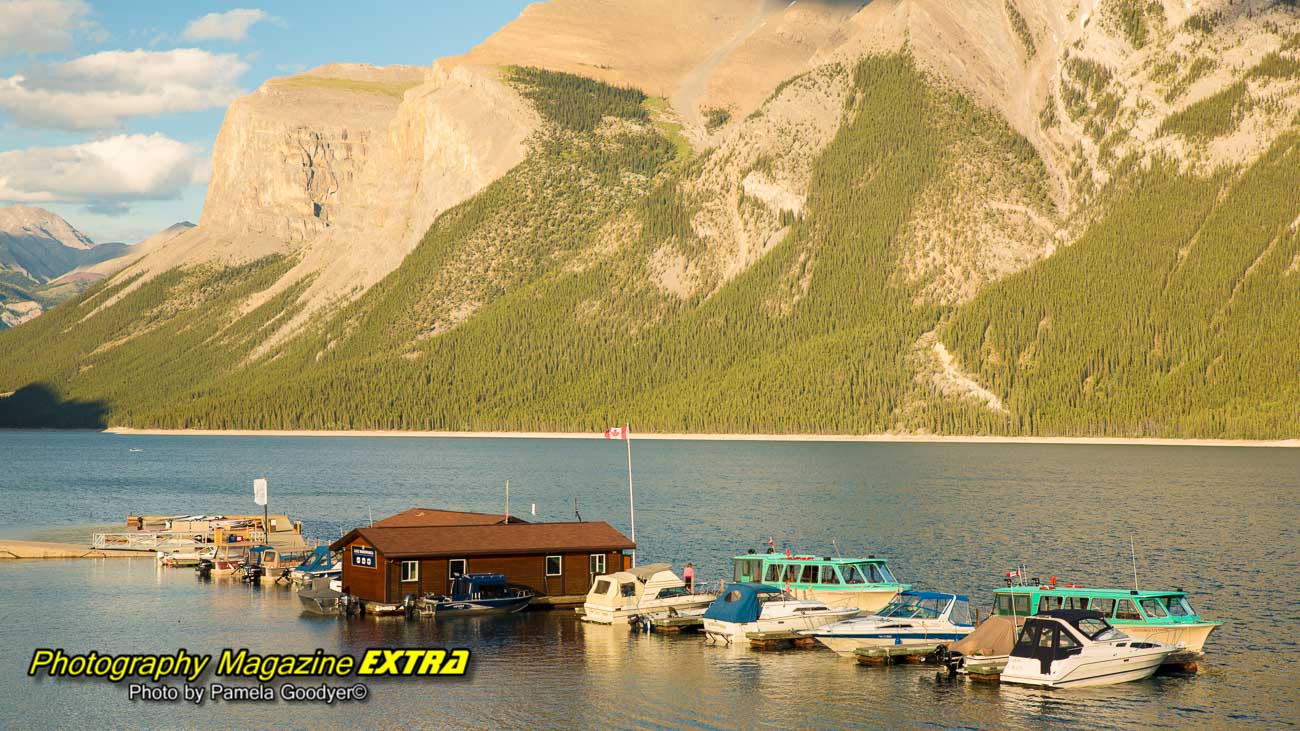
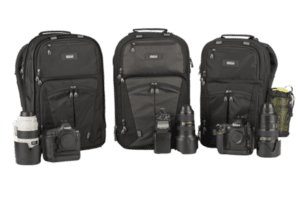

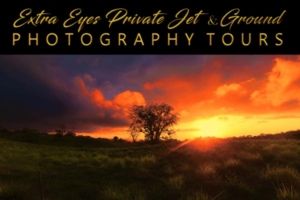
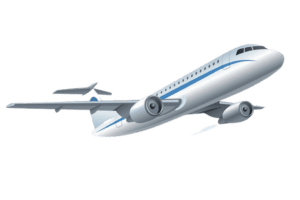

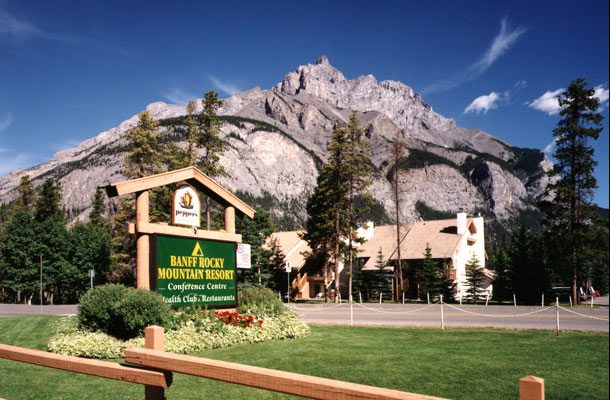
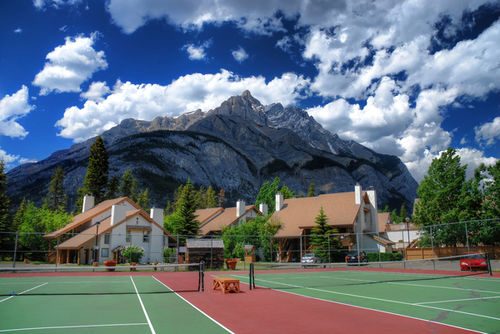







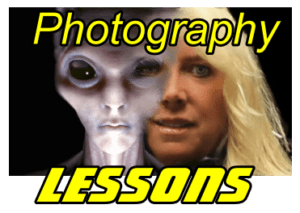 Photography, Lessons, Workshops and Classes.
Photography, Lessons, Workshops and Classes.